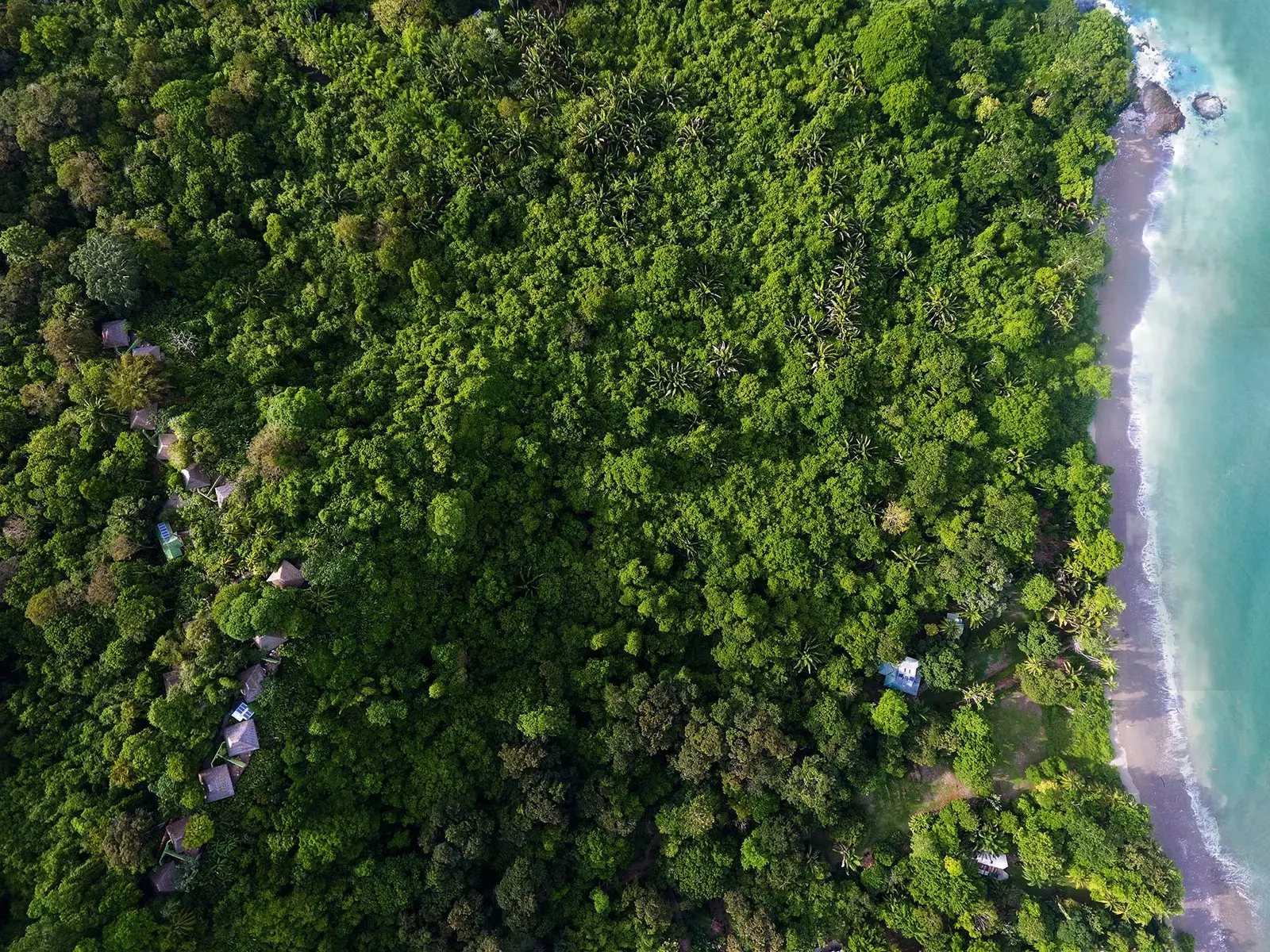
"Nature is our main source of inspiration", they say in VIDA, a landscape architecture studio
** Costa Rica is the country of sustainability**. While in the rest of the Central American region the forest is receding, in Costa Rica it is recovering exponentially.
The Ticos are the first to defend the environmentally friendly practices to ensure that natural resources reach in the best possible conditions at future generations.
As visitors, it is now our obligation to respect in the same way the extraordinary nature of the country so that, after our visit, the only trace left is in our memory.
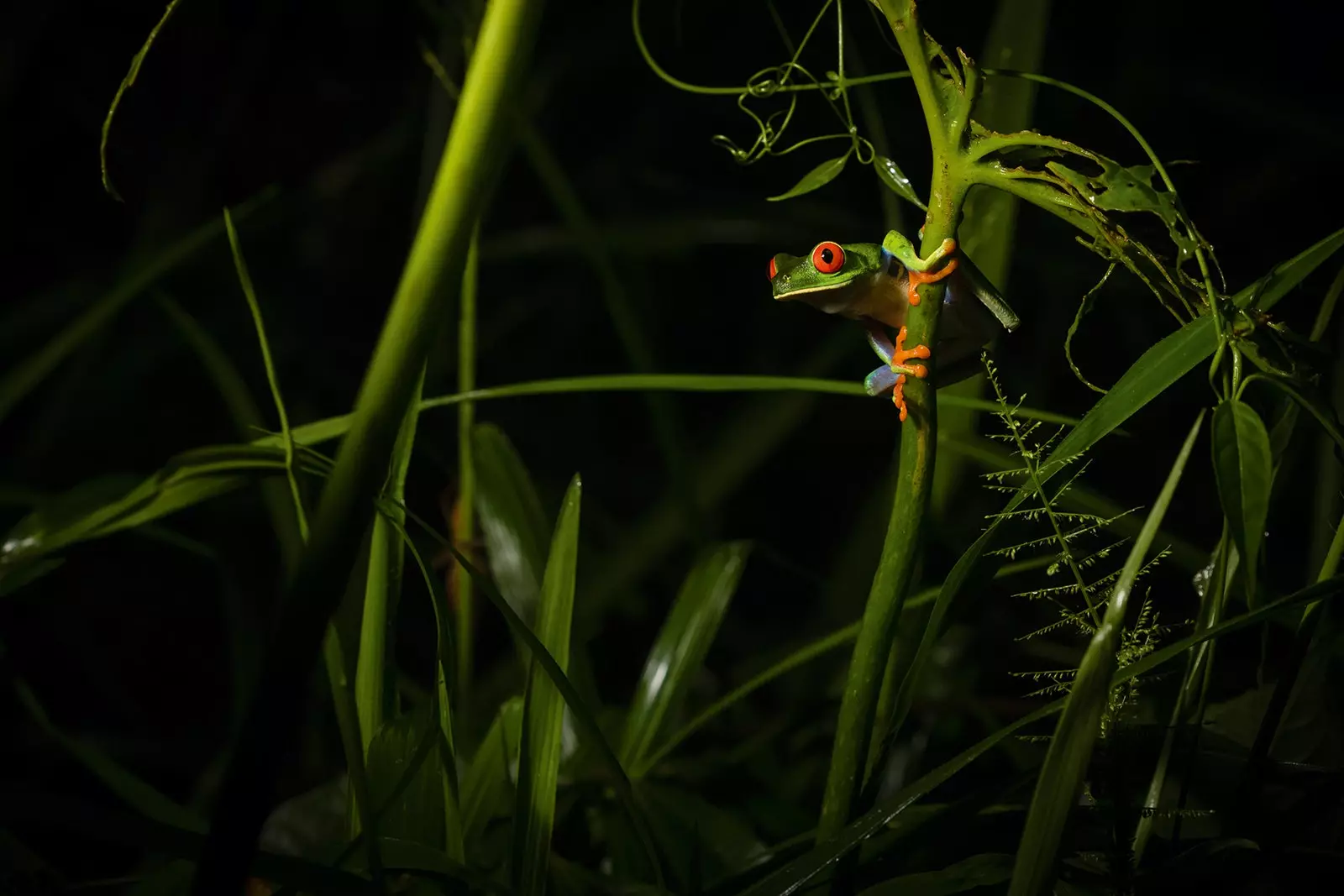
The red-eyed frog (Agalychnis callidryas) is a valuable species present in Costa Rica.
THE LIBRARY OF THE FUTURE
La Selva is one of the three biological stations that the Organization for Tropical Studies (OET) has in Costa Rica. The station, which has just turned fifty years Since its creation, it has carried out long-term studies that allow the generation of databases data and patterns that help understand climate change.
“Tropical forests make up the library of the future , form a valuable collection of books that are yet to be read. They are essential forests for the health of the planet, for the health of all of us. New medicines, new foods, new materials are going to come out of this rich natural library. Our role is to study and classify it so that this information can be used by society for the benefit of all”, he explains. Carlos de la Rosa, biologist specialized in entomology and director of the station.
In La Selva you can see up to 467 different species of birds , half of those in Costa Rica; the tiny frog Oophaga pumilio, also known as 'Blue jeans'; spiders casting their webs as if they were fishermen, caterpillars pretending to be snakes when threatened, and some ants, bullets, with the most intense sting in the insect world.
At the station Numerous discoveries have been made. One of the most recent is also one of the most valuable: “ A new type of antibiotic has been discovered, an antifungal produced by a bacterium that lives on top of an ant, which makes its nest in the trees where it grows a fungus that serves as its home and food.
This fungus is very sensitive to attack by pathogenic fungi, but the symbiosis between the bacteria and the ant produces a compound that prevents it. In honor of the season, we have named this new compound Selvamycin.”
The visitor can walk 62 kilometers of trails, accompanied by naturalist guides, to learn about the ecosystem and research that are carried out.
Carlos endorses a phrase from the Senegalese environmentalist Baba Dioum: "In the end we will keep only what we love, we will love only what we understand and we will only understand what we are taught”.
HISTORY AND CULTURE IN A BONBON
A cluster of coincidences led Julio Fernández and George Soriano, historian and journalist, to make chocolate . After a conference on trends in food, they wondered what situation cocoa was in in Costa Rica. The plantations had suffered, in the 1980s, an epidemic of a fungus which almost completely destroys them. From the study of the history and culture of chocolate, plus some trips to European countries, Chocolate Sibu was born. The most important challenge they set for themselves was to sustainable: they wanted to promote the cultivation of cocoa as a way to promote the creation of biological corridors, since cocoa grows in the shade of other trees and that requires reforestation around it.
They found a 110-hectare plantation that had not been affected by the plague and whose owner was dedicated to producing organic fertilizer with coffee pulp. “We make a chocolate with a very own identity, we didn't want to make a European chocolate.
we have recovered recipes that date back to pre-Columbian periods and also to the colonial era . One year in Madrid during Fitur, we present a drinking chocolate made with an indigenous recipe from the 16th century which was made with water, vanilla, corn flour, sapote seeds, honey and hot pepper. The reaction of the Spaniards when drinking it was curious, but that is how chocolate was introduced in Europe”, Julio explains to me.
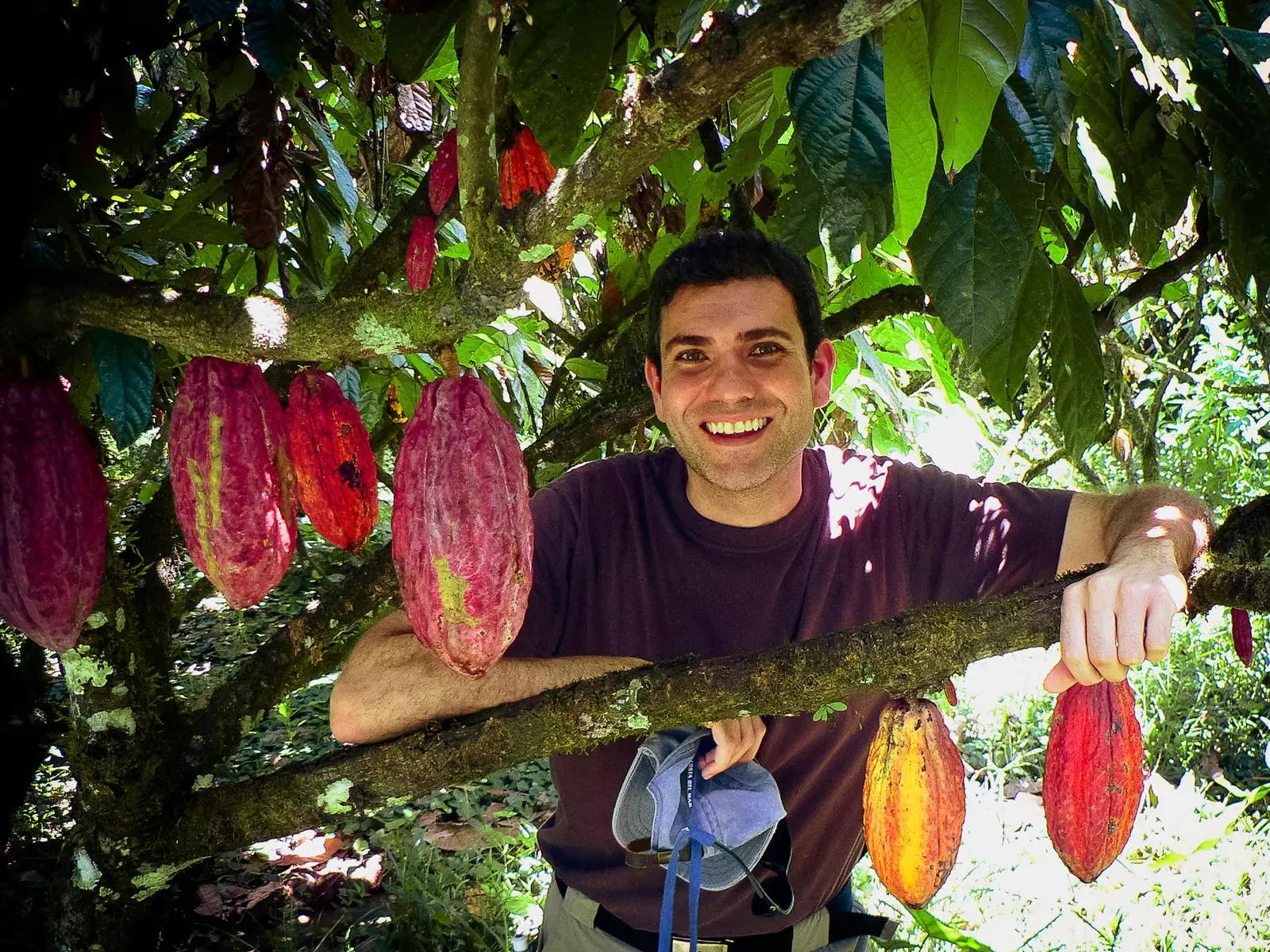
George Soriano, one of those responsible for Chocolate Sibú.
One of the problems they faced was packaging. They wanted it to be stylish but not use huge amounts of plastic. It occurred to them to take the shell of the cocoa bean and make paper. They went to an artisan who put a five percent seed, but they asked for more. After six months of experimenting, he reached ninety-five percent paper made from cocoa beans and five percent recycled paper.
some of their chocolates They carry serigraphs with pre-Columbian motifs, drawings that have been taken from Costa Rican museums such as the Pre-Columbian Gold Museum and the Jade Museum. “The indigenous people used to paint their bodies with cocoa butter and annatto, as amulets against snake bites or for pure decoration. It is our way of vindicating the Mesoamerican origin of cocoa and the word 'chocolate', which comes from the Nahuatl language."
A COFFEE BETWEEN THE CLOUDS
the coffee that is produced in Monteverde It bears the stamp of the cloud forest: the climate, the height and the type of soil give the coffee greater balance and acidity. Monteverde is u not one of the most valuable examples of cloud forest, an ecosystem that is being particularly affected by climate change in rain patterns: more water falls in less time.
Among this high-altitude vegetation – the forest is found between 1,000 and 1,550 meters above sea level – we find plantations of Monteverde Coffee , a group of twelve families that are in charge of controlling the entire coffee growing process, from the plant to the cup. Without intermediaries. and they do organically.
William Vargas is the front of the company, in addition to directing the Monteverde Community Fund where they work at microprojects for the development of local communities. “In our coffee tour we integrate agriculture with tourism and conservation, we explain the importance of the grain of gold in the history, culture and economic development of Costa Rica”.
Quakers who came from Alabama In the second half of the 20th century they were the first to see the need to protect the cloud forest. The meeting of one of them, Wilford 'Wolf' Guindon with the scientist George Powell ended with the creation of Monteverde Cloud Forest Biological Reserve. Pacifism was present in all facets of Quaker life and They say that they faced the poachers with bare hands, with words and a sense of humor.
Guillermo acknowledges that there is a problem but is optimistic about the future: “ In fifty years the cloud forest may cease to be. The birds go up pushed by others that arrive from lower lands; even coffee flowering patterns are changing, but we have to evolve with the change, educate ourselves and educate the visitor. You have to take advantage of reality to generate awareness.”
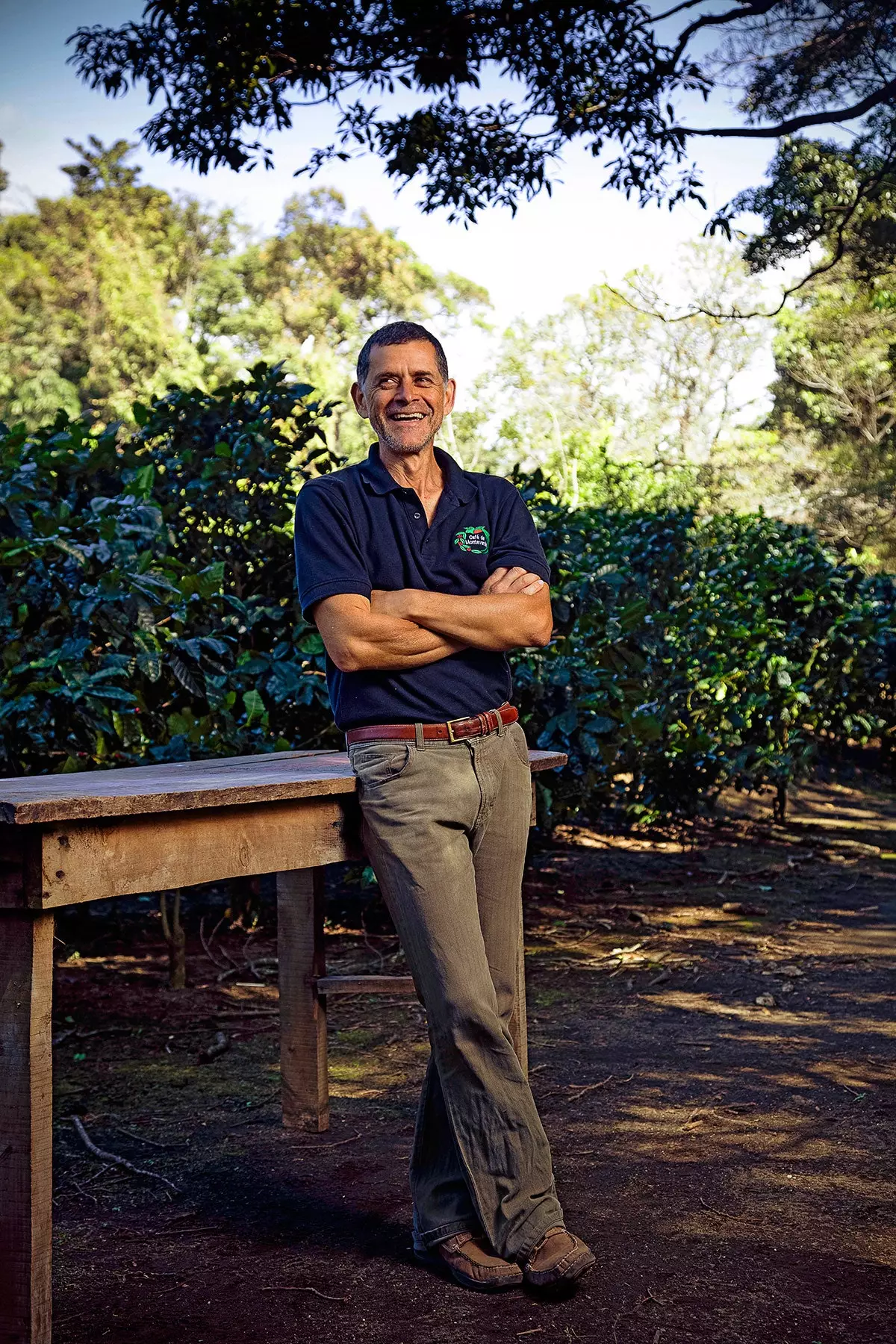
Guillermo Vargas, manager of Café de Monteverde, a cooperative that controls the entire organic farming process.
THE FLIGHT OF THE GREAT LAPA
"Everyone has the right to a healthy and ecologically balanced environment." Based on this statement of Article 50 of the Constitution of Costa Rica , a group of people filed an appeal to stop the felling of the mountain almond tree, a tree of highly appreciated wood that serves as a home and food for the ambiguous macaw or green macaw, as it is known in the country.
One of those people was alexander martinez , a simple man who has a small and basic inn in Puerto Viejo de Sarapiquí and whose only whim is the restoration of a 1952 Harley-Davidson Panhead to which he dedicates sweat and savings. He tells me about his past as a hunter , but one fine day, upon returning from a stage in his life in which he was working in Canada, he decided that it was much more beautiful to keep the animals alive and became part of the voluntary service of forest rangers, becoming a radical protector of nature and its fauna. "One tries to give something back to Mother Earth, which gives us life," he says, looking up at the forest canopy as if waiting to see one of these colorful birds appear.
His fight for the protection of the limpets did not end there, Alexander was the originator of the idea of adopting almond trees. “George Powell, the well-known scientist who worked in Monteverde, warned me of the danger of extinction that the macaws were facing. I launched a campaign to find sponsors who would buy the trees from the owners of the land. We managed to protect about thirty trees and today we can see the flight of the macaws throughout the area of Puerto Viejo de Sarapiquí”.
beautiful farm it is his place of retreat, an old estate dedicated to the production of hearts of palm that Alexander has returned to nature. "We are not smarter than nature, I firmly believe in natural regeneration, which is not the fastest but it is the most effective, the most profitable for all forms of life."
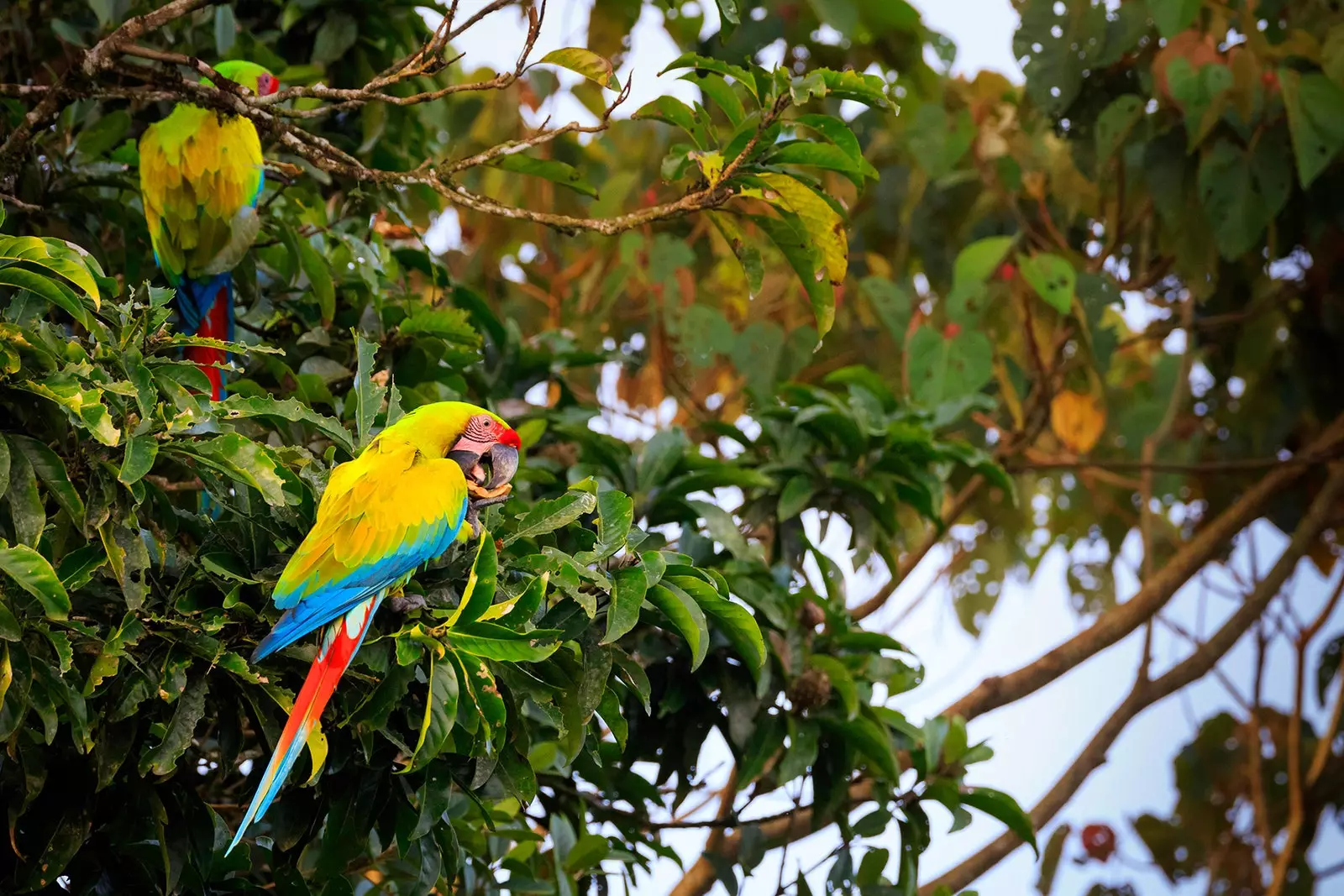
An ambiguous macaw (Ara ambiguus), a threatened species in Costa Rica and known there as a green macaw
DRAWING THE LANDSCAPE
"The best waves and the best sunset in Costa Rica are in Santa Teresa." affirms it Ana Pinto, creator of her together with her husband matthew of the **VIDA landscape architecture studio**. "We wanted a name that was associated with a philosophy, 'live to design and design to live', a brand that the entire team could feel represented and proud to work with."
Ana remembers her childhood trying to recycle, save water, reuse. "I loved making tree houses and spent a lot of time in nature," she recalls. Matthew's was not so different, but many miles away. His native Australia helped him understand that the economy of his country depended, to a large extent, on the climate and the environment. Her mother had a great influence on her growth, she always remembers her working in the garden or looking for an excuse to go hiking or camping in national parks.
When a project arrives at the agency the first thing they do is physically move to the place; they need to feel, understand and listen to the environment to see the possibilities it offers. “Nature is our main source of inspiration; the seasons, the light, the culture and the history also motivate us. Our goal is to strike a balance between preservation, enhancement of natural systems, and the economic goals of the project. Sustainability heads all of VIDA's work", explains Ana.
They have managed to convince some clients to carry out a 'no golf' project, making them see that the preservation of natural biological corridors, the creation of lakes, ravines (gorges) and an integrated system for bicycles and pedestrians, has equal or greater value for the adjoining land; all this with less investment, less intervention and less impact on the environment.
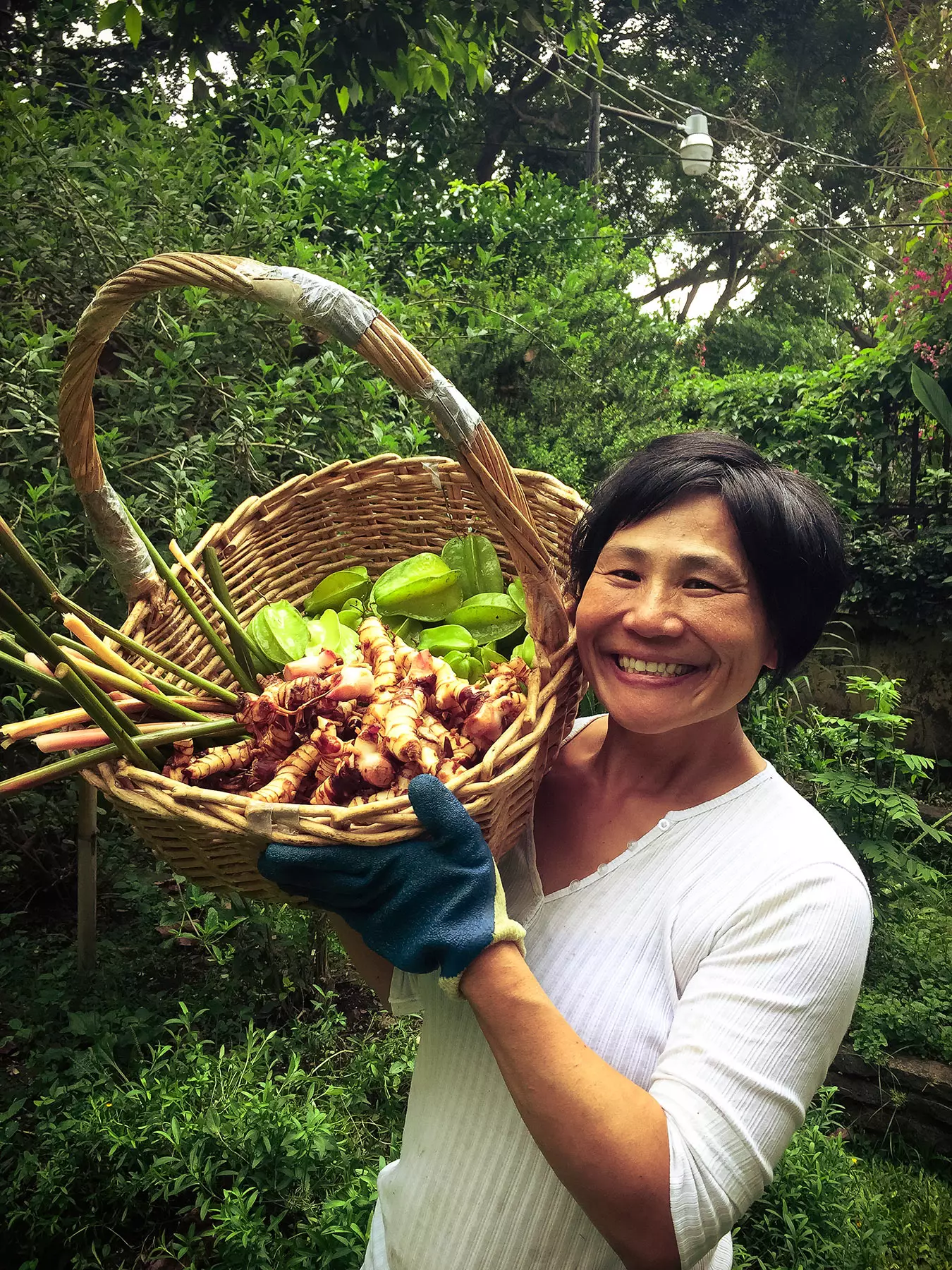
Maria Hon, from the Tin Ho restaurant in San José, for whom the origin of the ingredients is fundamental
ASIAN CUISINE, TICO INGREDIENTS
Mary Hon perfectly remember the beginnings of the restaurant, Tin Jo , when her parents arrived in an unknown country fleeing communist China. “I was only eleven years old and rice cost eight colones. At school I began to study an absolutely beautiful language, not without difficulties. Once, trying to pronounce the word punta, I forgot the letter ene and the children ran to tell the director”, says María with a laugh.
In the kitchen she had to do everything: chop, grate and cut vegetables, bone the chicken and take care of her little sisters. But her true taste for her kitchen came to her after a trip to Thailand, where the curry preparation process made him discover a whole world of culinary possibilities. Her philosophy is very definite: “For me, nature is the number one chef. The best food is one that maintains its original character, colors, textures and original smells.
I feel that the acts of cooking and eating can become expressions of art when we perform them with presence and awareness. The mindful cooking process it becomes an authentic act of love, devotion and happiness.” Maria attaches great importance to the origin of the ingredients, to the earth, the rain, the winds and the hands that make it possible for those ingredients to reach her kitchen.
Costa Rican products bring a lot of freshness to your Asian recipes ; the pejibaye and the yucca they are excellent for making a delicious Indian-style curry. She buys many of these items at the Green and Organic Fair of San José and Ciudad Colón , that brings together around thirty organic producers from the surrounding area.
For ten years they have not used plastic straws for drinks. “We ask our clients if it is necessary and, if you really need it, we offer one made of bamboo. Already those customers who arrive by bicycle we give them a 25 percent discount”.
***** This report was published in **number 112 of Condé Nast Traveler Magazine (December)**. Subscribe to the printed edition (11 printed issues and a digital version for €24.75, by calling 902 53 55 57 or from our website) and enjoy free access to the digital version of Condé Nast Traveler for iPad. The October issue of Condé Nast Traveler is available in its digital version to enjoy on your preferred device.
